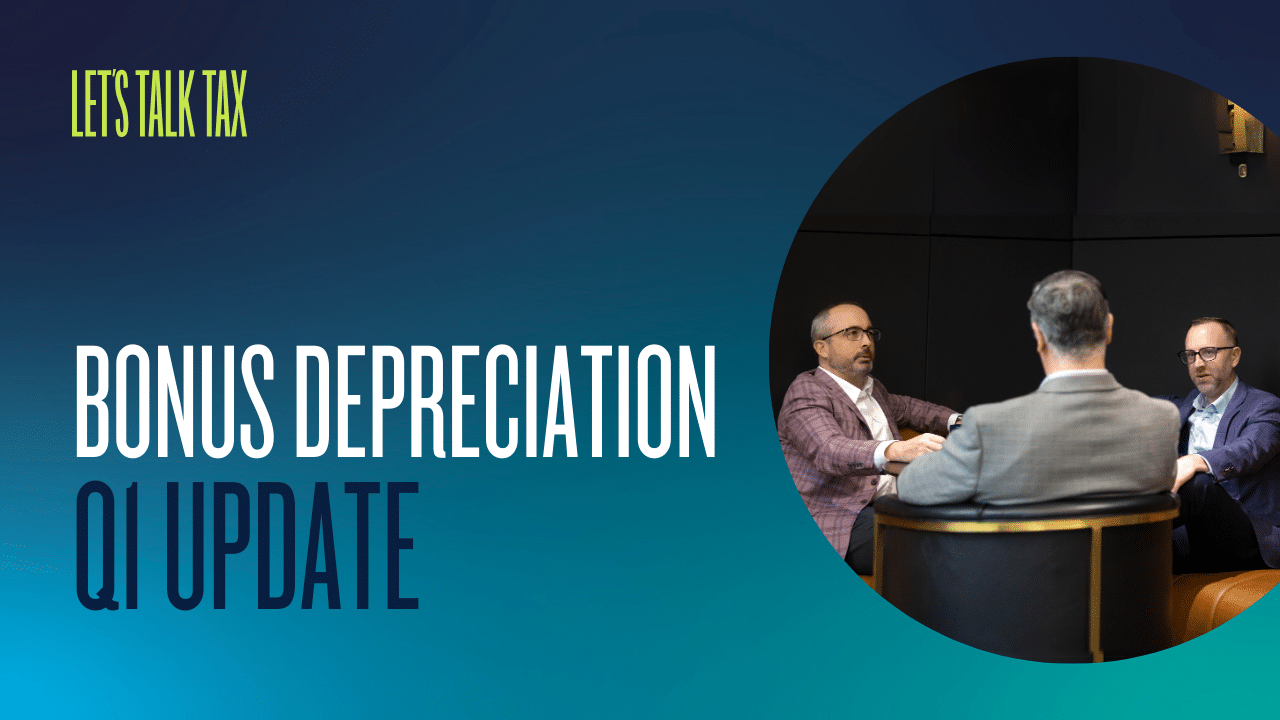Qualified Leasehold Improvements
When a property owner (lessor) rents out space to a tenant, typically there are necessary improvements that must be made to the property for the renter (lessee) to use the space for their trade or business. These types of improvements completed pursuant or under a lease to the property are known as leasehold improvements. Leasehold improvements can be made either by the landlord or a lessee, and often there is a mixture of interest by both parties in a tenant space buildout. The party that pays for each improvement should depreciate the property under the MACRS rules established by the IRS. It is common practice for a landlord to give a tenant improvement allowance (TIA) that the lessee can use to build out the space. The TIA is usually a set amount that the lessee can choose to use at their discretion to improvement the space. Any amount spent to improve the property that is more than the given TIA, the lessee must pay for. Most times the lessee will be responsible to remove the property once the lease contract has expired, or the property will revert to the landlord’s ownership.
Qualified Leasehold Improvements (QLI)
Not everyone knows that there is tax law that may allow a building owner to find significant tax savings for their leasehold property. Any leasehold improvements made to an interior portion of a building after 2004 may qualify for 15-year straight-line depreciation, and it may additionally qualify for bonus depreciation if it was placed in service after October 22, 2004 and before January 1st, 2018. This is true of nonresidential properties only. However, these leasehold improvements qualify for the 15-year straight line and are bonus eligible if they occurred more than three years after the original building was placed in service, and the improvements were done by unrelated parties. There are certain improvements to the interior of the building that are excluded from QLI, and it takes a qualified expert to understand what may qualify for QLI or not.
Qualified Improvement Property (QIP) vs Qualified Leasehold Improvements (QLI)
While there are many advantages to being able to use QLI, there may be times when it would be more beneficial to use QIP (Qualified Improvement Property). Also, what if you do not qualify for QLI because of the three-year rule or because a related party was involved with the improvements to the property? In cases such as these, there is a new opportunity created in 2016 that is called Qualified Improvement Property (QIP). QIP also pertains to nonstructural improvements made to the interior portion of a building, just like QLI. However, it is not necessary that you have to wait three years after the placed in service date, nor that the parties be unrelated. If placed into service in 2016 or 2017, the qualified improvement property will be depreciated over the 39-year straight line instead of a 15-year straight line, but it is also bonus depreciation eligible. However, if placed into service in 2018 and after, QIP is 15-year straight line property and bonus eligible, which is the same as QLI. In addition, QLI expired for improvements made after 2017 so QIP is the most beneficial category of property to utilize for improvements made after 2017.
How do I know which one is right for my situation?
It can be very helpful to talk with someone who has been working with these kinds of situations for many years. If you own a commercial property and have questions about QLI and QIP, then give the professionals at McGuire Sponsel a call. We have been in the business of accelerating the depreciation of tangible and real property assets for over 25 years, and our depreciation experts can help guide you with the best way to accelerate depreciation.
Recent Resources - Fixed Asset Services
-
Alliance NetworkMay 2, 2024
Leverage depreciation planning to mitigate tax legislation uncertainty
by Dave McGuireIn his latest piece in Accounting Today, Dave McGuire discusses leveraging depreciation to mitigate tax legislation uncertainty.
-
Fixed Asset ServicesApril 30, 2024
Cost Segregation and Asset-based Acquisitions
by Austin BrownA cost segregation study can be an extremely beneficial tax planning tool; however, it is often an afterthought rather than...
-
Alliance NetworkApril 29, 2024
Post-Tax Season Specialty Tax Update
by Dave McGuire & TJ SponselThis Tax Season has been marred by confusion over many specialty tax issues. Join Dave McGuire and TJ Sponsel as...
-
Alliance NetworkApril 18, 2024
Bonus Depreciation Q1 Update
by Justin Gephart & Dave McGuireThis week on Let’s Talk Tax, hosts Justin Gephart and Dave McGuire discuss the latest on bonus depreciation and break...






